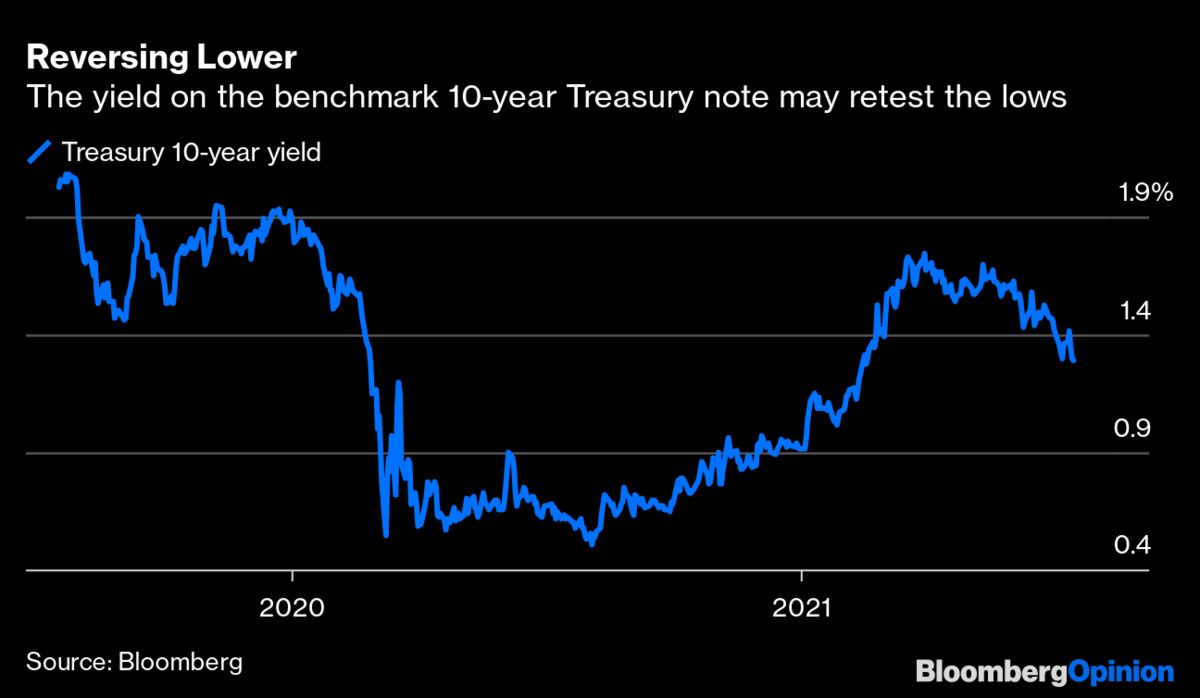A. Gary Shilling’s excellent August Insight is out today (subscription only); some takeaways can be found in his recent Bloomberg Quint article here: With bond yields, something has to give, here’s the punch line:
The yield on the benchmark 10-year U.S. Treasury note averaged 0.79% from 2007 through last year after adjusting for inflation as measured by the consumer price index. It’s now minus 4.0%. If that’s not shocking enough, corporate bonds rated below investment grade, or junk, yield 4.57%, below the current 5.40% rate of inflation. Something’s got to give. To return to more normal conditions, either nominal yields must rise or inflation must recede. Bet on the latter.
While the risk-sellers continue their standard refrain that Treasuries are for dummies because inflation and interest rates are only headed higher, the reality is that higher rates are self-correcting in a global system where households, corporations and the investor class are all cash-light and heavily levered on the same inflated asset prices together. This makes the financial system highly interrelated and vulnerable to a psychological shift or demand shock at every moment.
In its latest 2021 Financial System Review, the Bank of Canada warns of contagion risks where buyer exhaustion, a crash in the stock market, cryptocurrencies or a weakening of international trade are just a few of many things that threaten a circular impact where home prices and incomes fall, contracting the entire economy.
In our massive global leverage cycle for the history books, all roads now lead to Rome: debt-fuelled pandemic spending inflated prices over the past year and brought forward future spending. In so doing, this has deflated future consumption power and demand, which suppresses longer-term inflation and interest rates–lower for longer.



